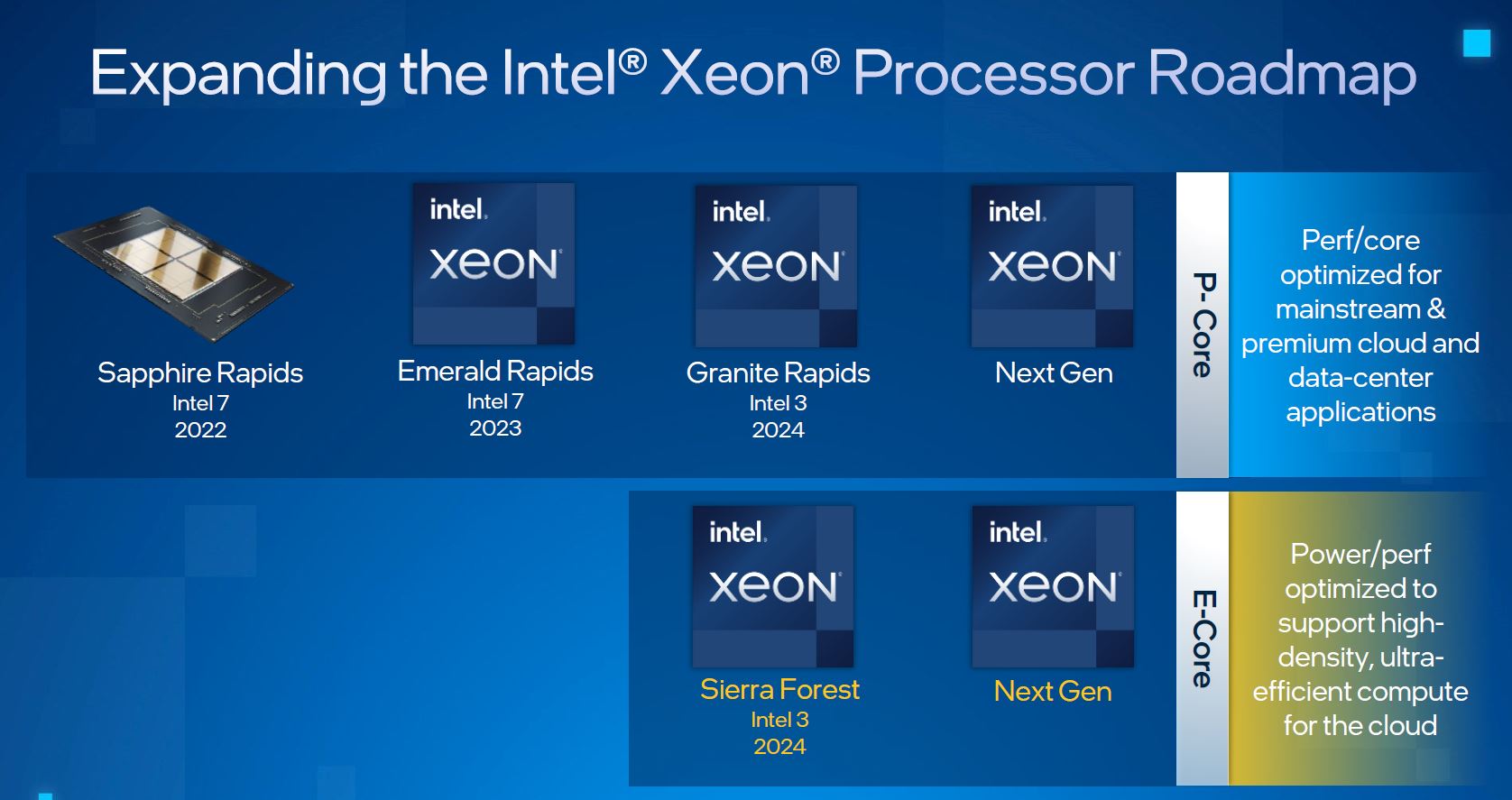- Jul 27, 2020
- 26,008
- 17,947
- 146
Intel P-core - Really good single threaded performance
Intel E-core - Acceptable and scalable multicore performance per area
AMD Zen 3+ - Unmatched multicore performance per watt
We have a problem. We want all three types of cores in our PC. We don't want to buy two different PCs and juggle our tasks between them based on which CPU core is best for our use case.
Here's what needs to happen. Intel needs to reach out to AMD and propose a combined CPU with all three cores. AMD shouldn't mind licensing their core to Intel since this arrangement would free them from the burden of catering to desktop users and they can simply focus on their server clients. AMD gets royalties for their CPU cores used in this combined CPU assembled by Intel.
If this is not possible due to disagreement between Intel and AMD, then someone like ASUS needs to build a dual socket mobo incorporating both Intel and AMD chipsets. A KVM solution on the mobo would allow switching between the two systems. It can be a full ATX mobo. For PC users like us, we get the best of both worlds in a relatively compact PC and enjoy less hassle plus time saved from not having to daydream about the other side of the fence. I know this seems like a huge and almost insurmountable engineering problem but I have confidence that the best of the best can make this happen. They just need to believe that something like this would be well received. Please show your support for one or both of these crazy ideas and help make this miracle happen.
Intel E-core - Acceptable and scalable multicore performance per area
AMD Zen 3+ - Unmatched multicore performance per watt
We have a problem. We want all three types of cores in our PC. We don't want to buy two different PCs and juggle our tasks between them based on which CPU core is best for our use case.
Here's what needs to happen. Intel needs to reach out to AMD and propose a combined CPU with all three cores. AMD shouldn't mind licensing their core to Intel since this arrangement would free them from the burden of catering to desktop users and they can simply focus on their server clients. AMD gets royalties for their CPU cores used in this combined CPU assembled by Intel.
If this is not possible due to disagreement between Intel and AMD, then someone like ASUS needs to build a dual socket mobo incorporating both Intel and AMD chipsets. A KVM solution on the mobo would allow switching between the two systems. It can be a full ATX mobo. For PC users like us, we get the best of both worlds in a relatively compact PC and enjoy less hassle plus time saved from not having to daydream about the other side of the fence. I know this seems like a huge and almost insurmountable engineering problem but I have confidence that the best of the best can make this happen. They just need to believe that something like this would be well received. Please show your support for one or both of these crazy ideas and help make this miracle happen.









